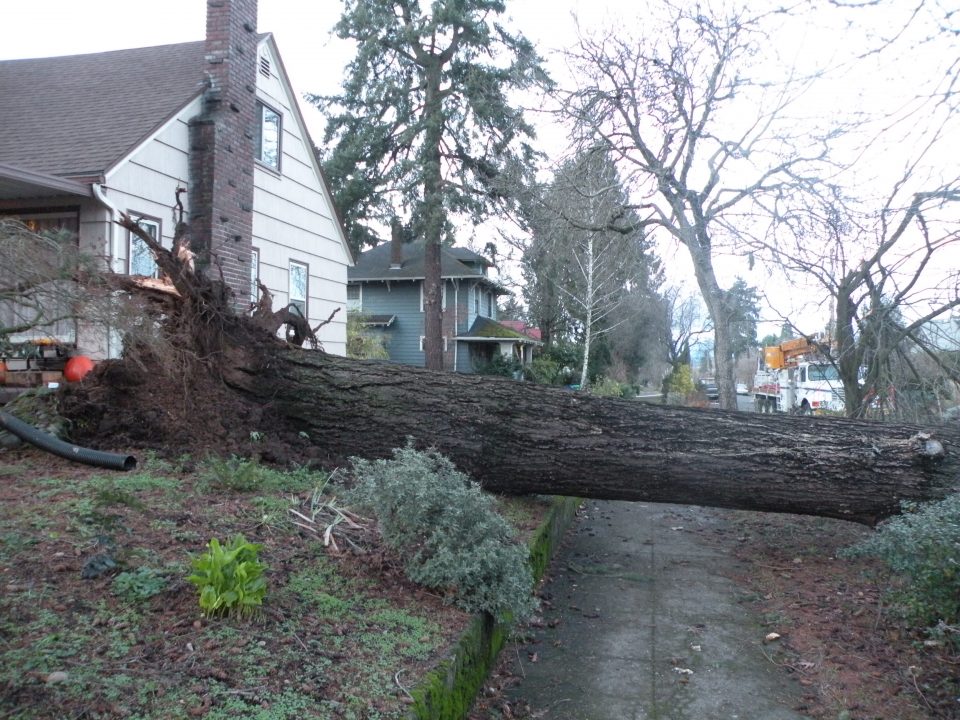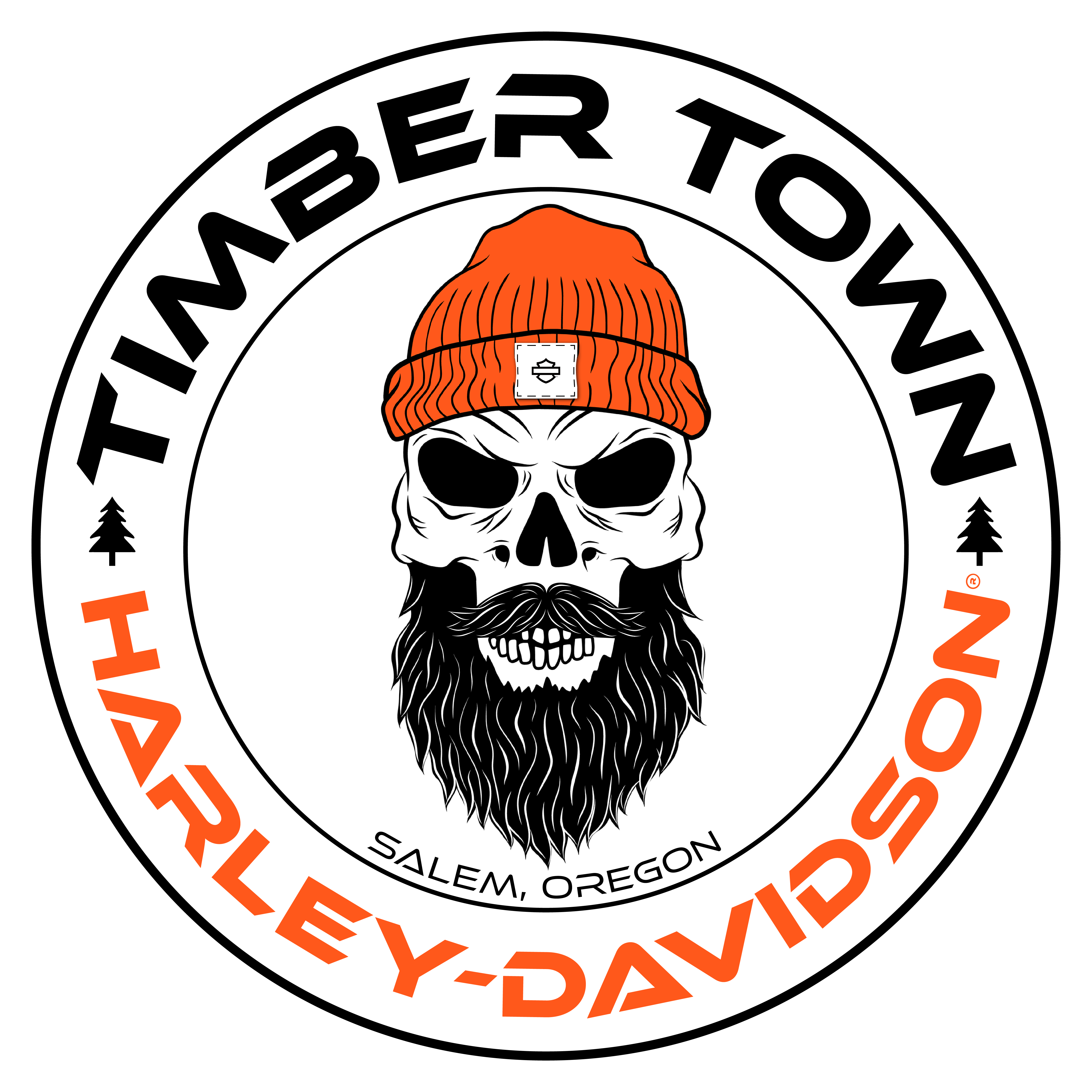SALEM, Ore – Right after a winter storm has passed it’s important for property owners to check if their trees were damaged. Knowing how badly wind, ice or snow has injured a tree can indicate what immediate or long-term steps might be needed.
Removing trees that pose an immediate risk to people or property should be the first order of business, according to the Oregon Department of Forestry’s Kristin Ramstad. She is manager of ODF’s Urban and Community Forestry Assistance Program.
“Large trees that have fallen over and are blocking streets, sidewalks or driveways after a storm need attention right away,” said Ramstad. “Equally important is removing trees whose roots are heaving out of the ground. But be alert for large hanging branches and stay away from power lines that may have come down with a tree.”
Barring those extreme examples, Ramstad said trees have an amazing ability to recover from storm damage. “It’s usually wisest to resist the urge to hastily cut down or heavily prune a tree that has been damaged in a storm. Give the tree time to recover. You may be surprised!” she said.
Ramstad recommends answering the following questions soon after a storm has passed, and acting upon the recommended treatment:
Are limbs broken, cracked or split?
Prune back the limb to where it meets a larger branch, or in some cases back to the tree’s trunk. If more than 50% of your tree’s large limbs are damaged, the tree has less of a chance of surviving. You may need to consider removal.
If a tree is leaning or uprooted, what size is it?
If it is a small, younger tree, you may be able to right it and stake it. Larger, older trees are more difficult to save and may never regrow roots that would be able to hold the tree in place.
Are there large wounds where branches have broken or bark has been damaged?
The larger the wound, the more vulnerable the tree is to diseases and pests. With a sharp blade, smooth ragged edges of wounds where bark has been torn away, being careful not to expose any more of the greenish inner bark (cambium). Monitor the wound for decay and attack by pests but do not try to paint or cover over wounds. It’s usually ineffective and can make the situation worse.
Is the top of the main trunk lost? On a smaller tree, you may be able to train an adjacent branch to become the new leader. If it is a larger tree, you may need to consider removal. If the tree is not in a location where its falling would pose a risk to people or property, consider leaving 20 or 30 feet of the trunk standing as a tree where wildlife can perch or make nests.
Is the trunk cracked or split?
Cracks are dangerous and can be fatal to your tree, to you and to nearby structures. Removal is probably the only option.
Is the tree worth saving?
Sometimes it may be best to remove a badly damaged tree and start over by planting a new tree suited to the available space. Consider this option if the damaged tree:
- Is located where it does not have enough room to grow
- Has had its natural shape ruined by improper pruning, such as topping
- Is an invasive species, such as English hawthorn or the very brittle tree of heaven
If you have concerns about your tree, consider hiring an arborist certified by the International Society of Arboriculture (ISA). An ISA-certified arborist can discuss options with you and may be able to save a lightly damaged tree through good pruning techniques. Remedial pruning almost always costs less than removal.
If removal and replacement seem like your best options after a storm, Oregonians west of the Cascades don’t have to wait till Arbor Day in April to plant a tree. Soils in western Oregon remain warm enough over the winter to permit root growth. This allows deciduous trees planted after fall leaf drop several months to grow their roots before they have to produce new leaves.
Winter is also a good time to plant bare-root deciduous trees. “If a bare-root tree is planted in spring, the roots won’t have had time to anchor the tree in the soil before the leaves grow. A leafed-out tree’s canopy can catch the wind and act like a sail. This increases the risk it will fall over.”
Stakes are usually not needed to keep a tree in place unless it is in a windy area or a location where it might be damaged by people walking on the root zone, said Ramstad. “Natural movement of the branches and trunk due to wind actually helps the tree grow stronger.”
Resources
To find an ISA-certified arborist near you, look under “Find an Arborist” on the Pacific Northwest ISA website https://pnwisa.org/
For ideas on good trees to pick, go to the Great Plank Picks website and http://www.greatplantpicks.org/ or the reference guide of Oregon-based tree grower J. Frank Schmidt http://www.jfschmidt.com/rg/












